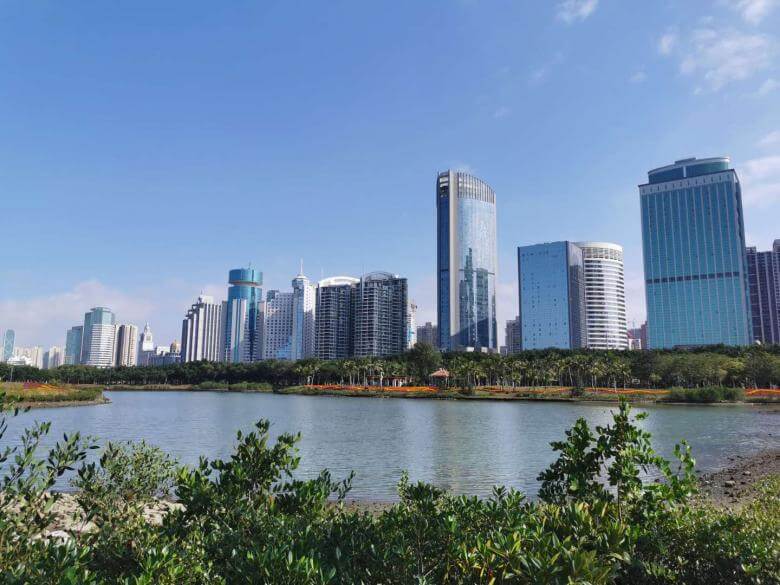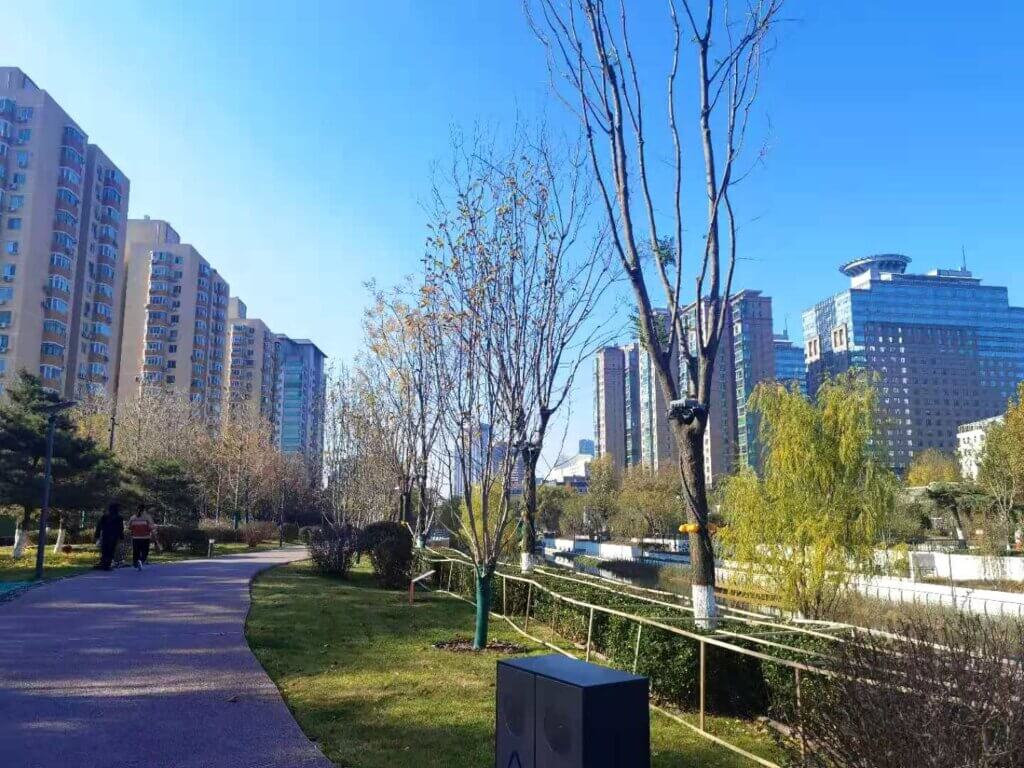40 Years Sino-German Mayors’ Program - An interview with Dr. Jürgen Steiger

Platforms for exchange and close cooperation are key tools on the cities’ path towards sustainable urban development. The annual two-week long Mayors’ Study-Tour Program facilitates such a knowledge exchange on sustainable city making between China and Germany. In 2022, the Mayors’ Programme celebrates its 40th anniversary.
ENERGY SAVING DESIGNS IN BEIJING DAXING AIRPORT

Beijing Daxing International Airport officially opened on this Wednesday. Although being one of the biggest airports in the world now with four runways and a 700,000-square-meter terminal area, the airport is walking-friendly — within a walking distance of 600m or 8 minutes, passengers can arrive at the terminal centre from the transport hub. It also offers various new technologies including facial recognition and robotic parking system etc. Besides these, energy and environment is also an important concern.
SPONGE CITY CONSTRUCTION AS A MAJOR ADAPTATION MEASURE IN CHANGDE CITY

With the annual rainfall 1200-1500 mm and the majority falls in spring and summer, the city of Changde faces the severe risk of urban inland flood and its intensity goes even worse when climate scenarios show more fluctuating in precipitation. Meanwhile, with the rapid progress in urbanization and industrialization, urban rivers turned to muddy and smelly with the surface overflowing with cyanobacteria. In the purpose of updating city infrastructure to be as flexible as a sponge in adapting to environmental changes and inland flood risk, as well as addressing the urban river pollution issues, sponge city has been strategized as a key measure to deal with water problem and as a core urban adaptation approach.
POLICY BRIEF: URBAN ADAPTATION TO CLIMATE CHANGE IN CHINA

In the Outline of the 12th Five-Year Plan (FYP) for National Economic and Social Development of the People’s Republic of China, issued in 2010, it was the first time that addressing climate change was established as a separate chapter, putting forward the strategic requirements for enhancing capacity for climate change and considering impacts of climate change in planning and urban construction.
ENERGY-EFFICIENT BUILDINGS IN CHINA: STANDARDS AND FINANCING MECHANISM

From the first Chinese Design Standards for Civil Buildings in 1986 to the recent released National Standard of Green Buildings Assessment, policy on energy efficiency and carbon emissions of buildings, including retrofitting old ones and constructing new ones, has undergone significant changes in the past decades in China.
Sustainable Urban Development Planning in Beijing — The Ecological Water Area renovation at Liangma River

Beijing’s sustainable landscape further expanded by the end of 2020: The Liangma River area in Chaoyang district was renewed by the Danish planning bureau NordiQ. The river crosses Beijing’s core area with a total length of almost 6 kilometres. Before its renovation, Liangma river was heavily polluted and the surrounding public space hard to access. Between March 2019 and August […]
China’s first energy law is about to be promulgated, promoting market-oriented development

On 10 April the National Energy Administration issued China’s first all-inclusive energy law opening for comments until 10 May. The new law, serving as a coordinator of several existing laws on subdivided industries such as the Renewable Energy Law, Coal Law and the Electricity Law, includes eleven chapters on supply and consumption, energy market and […]
New stimulus package after the Covid-19

What is the new package? On March 4, the Standing Committee of the Political Bureau of the Communist Party of China (CPC) decided to speed up the construction of major infrastructure projects. As the new stimulus package, it focuses on technologies that promote sustainable infrastructure. For instance, energy-saving appliances, charging piles for electric vehicles and […]
How do local governments support energy-efficient buildings in China?

The building sector accounts for about 20% of the total primary energy consumption in China[1]. While the national government has been updating and improving national standards on energy efficiency in buildings, provincial and city governments have become more and more active in releasing local level regulations, standards and incentives since no single policy can fit […]
Sino- German/ EU Urban Renewal Technology Forum was Successfully Held in Chengdu

As the urbanization rate in China reaches around 60% and quality becomes priority for people living in urban areas, the theme of this year is renewal and inheritance—new paradigm of urbanization. Some speakers include: Mr. Thomas Kraubitz mainly talked about urban renewal policy in Germany including the governmental structure, financing programmes and public participation. He […]

